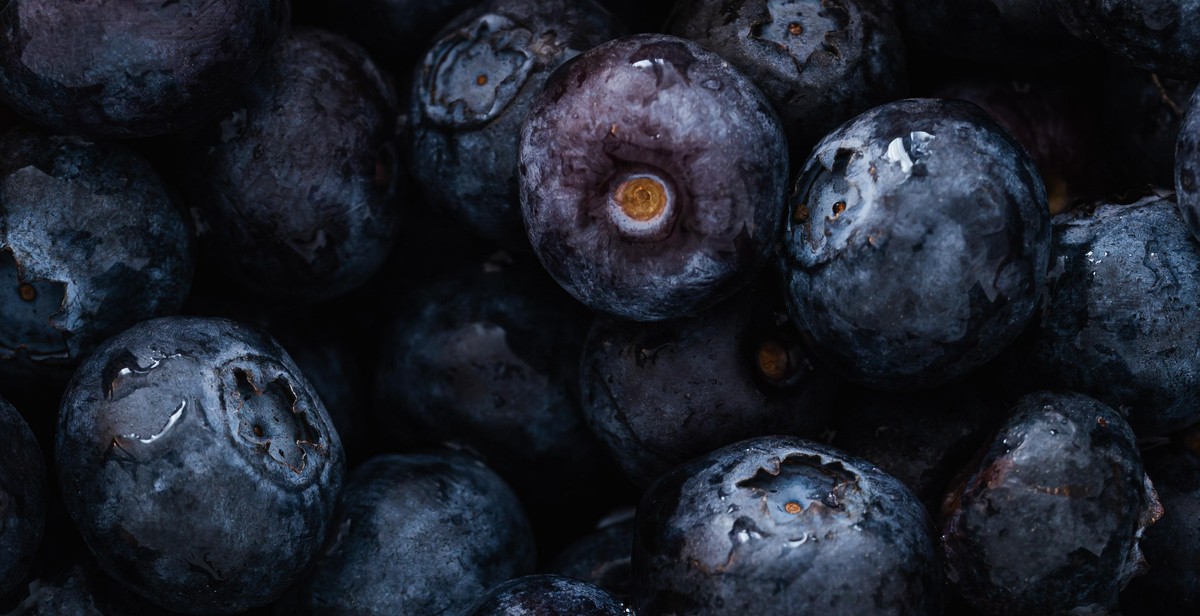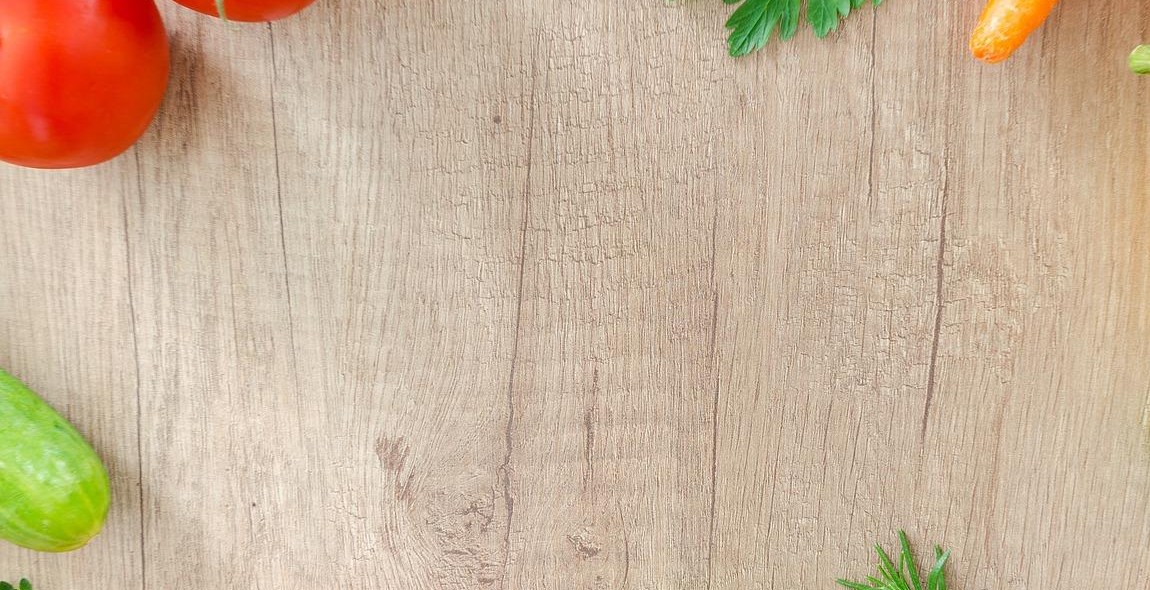The Future of Food in Space Travel
As space exploration continues to advance, the need for sustainable food sources in space travel becomes increasingly crucial. Astronauts on long-duration missions require proper nutrition to maintain their physical and mental health. However, traditional methods of food storage and preparation are not suitable for extended space missions.
The Challenges:
- Limited Resources: Spacecraft have limited space, weight restrictions, and limited resources, making it difficult to carry a sufficient amount of food for long-duration missions.
- Long Shelf Life: Traditional food products have limited shelf life, requiring frequent resupply missions. This poses a challenge for missions to distant destinations such as Mars, where resupply missions are impractical.
- Nutritional Requirements: Astronauts require a balanced and nutritious diet to maintain their health in space. Creating food that meets these requirements while being safe and enjoyable to consume is a complex task.
The Innovations:
Scientists and engineers are actively exploring innovative ways to address these challenges and ensure the availability of nutritious and sustainable food for astronauts in space. Some of the key areas of research and development include:
- Advanced Food Preservation: Developing techniques to extend the shelf life of food without compromising its nutritional value.
- Bioregenerative Systems: Creating closed-loop systems that enable astronauts to grow and cultivate their food in space, reducing the need for resupply missions.
- 3D Food Printing: Utilizing additive manufacturing technologies to create customized and nutritious food items, tailored to individual astronauts’ needs.
In this article, we will explore these innovations and their potential impact on the future of food in space travel. We will delve into the challenges faced by astronauts, the ongoing research, and the exciting possibilities these advancements bring to the table.
The Challenges of Food in Space
Limited Resources
One of the major challenges of providing food in space is the limited availability of resources. Spacecrafts have very limited storage capacity, making it difficult to carry a large supply of food for long-duration missions. Additionally, the weightlessness of space further complicates the storage and preservation of food. The lack of refrigeration and limited space for growing plants or raising animals pose significant challenges in ensuring a sustainable food supply for astronauts.
Nutritional Requirements
In space, astronauts require a nutritionally balanced diet to maintain their health and well-being. However, providing a diverse range of fresh food that meets their nutritional needs is a complex task. The absence of gravity affects the taste and texture of food, making it unappetizing for astronauts. Furthermore, the limited availability of fresh fruits and vegetables can lead to deficiencies in essential vitamins and minerals. It is crucial to develop innovative food systems that can provide astronauts with the necessary nutrients while also considering their preferences and psychological well-being.
Food Safety
Ensuring food safety in space is of utmost importance to prevent the occurrence of foodborne illnesses. Microgravity conditions can pose challenges in terms of food processing, packaging, and storage. Contamination of food can occur due to microorganisms or chemical reactions caused by radiation exposure. Additionally, the lack of proper waste management systems in space can further increase the risk of cross-contamination. Implementing rigorous food safety protocols and developing advanced technologies to detect and prevent foodborne pathogens are essential to safeguard the health of astronauts during space missions.

Current Solutions
Processed and Packaged Food
One of the current solutions for providing food in space travel is through processed and packaged food. These foods are specially designed to have a long shelf life and are easy to store and transport. They undergo a series of processing techniques, such as dehydration and freeze-drying, to remove moisture and extend their durability. Processed and packaged foods are lightweight, which is crucial for space missions where every ounce matters.
These foods also undergo rigorous testing to ensure they meet the nutritional needs of astronauts. They are fortified with essential vitamins and minerals to compensate for any potential nutrient loss during processing. Additionally, they are designed to be easy to consume in a zero-gravity environment, with options like rehydratable meals and bite-sized snacks.
Hydroponics and Vertical Farming
Hydroponics and vertical farming are innovative techniques being explored to grow fresh produce in space. Hydroponics involves growing plants without soil, instead using a nutrient-rich water solution to provide the necessary nutrients. Vertical farming, on the other hand, utilizes stacked layers to maximize space efficiency.
These methods offer several advantages for space travel. They require less water compared to traditional agriculture and can be set up in controlled environments, reducing the risk of contamination. They also allow for year-round crop production, providing a consistent supply of fresh food for astronauts. Some experiments have already been conducted on the International Space Station, successfully growing lettuce and other leafy greens.
3D Printing
Another promising solution for space food is 3D printing. This technology allows for the creation of customized food items layer by layer, using a variety of ingredients. 3D-printed food can be tailored to meet individual nutritional needs, providing astronauts with personalized meals.
3D printing also has the potential to reduce food waste in space. The ability to print food on-demand means that only the required amount is produced, minimizing leftovers. This technology could also be used to recycle and repurpose food waste, further optimizing resource utilization during long-duration space missions.
In conclusion, current solutions for food in space travel include processed and packaged food, hydroponics and vertical farming, and 3D printing. These innovative approaches ensure astronauts have access to nutritious and sustainable food during their missions.

Future Innovations
As space travel becomes more commonplace, the future of food in space is set to undergo significant innovations. Scientists and researchers are exploring various avenues to ensure sustainable and nutritious food options for astronauts during long-duration missions. Three key areas of focus for future innovations in space food include bioengineered food, sustainable food production, and the development of cultured meat.
Bioengineered Food
Bioengineering offers a promising solution for space food production. Scientists are working on genetically modifying plants to optimize their growth and nutritional content in space conditions. These bioengineered food crops can be tailored to meet the specific dietary needs of astronauts, providing them with essential nutrients while minimizing resource requirements.
Sustainable Food Production
Sustainability is crucial for long-duration space missions, where resources are limited. Future innovations in space food production aim to maximize resource efficiency and minimize waste. Hydroponics and aeroponics systems are being developed to grow plants without soil, using minimal water and nutrients. These sustainable farming methods can significantly reduce the resources required for food production in space, making missions more self-sufficient.
Cultured Meat
Another exciting innovation in space food is the development of cultured meat. Cultured meat is grown from animal cells in a lab, eliminating the need for traditional livestock farming. This technology has the potential to provide astronauts with a sustainable and cruelty-free source of protein during space missions. Researchers are actively exploring methods to produce cultured meat efficiently and cost-effectively, with the goal of incorporating it into astronauts’ diets in the future.
In conclusion, the future of food in space travel holds great promise with the advancements in bioengineered food, sustainable food production, and the development of cultured meat. These innovations will not only ensure the nutritional needs of astronauts are met but also contribute to a more sustainable and self-sufficient approach to space exploration.
The Role of Artificial Intelligence
Artificial Intelligence (AI) plays a crucial role in shaping the future of space travel, particularly in the realm of food production and sustainability. With the challenges of long-duration space missions, AI can provide innovative solutions to ensure astronauts have access to nutritious and safe food throughout their journeys.
1. Food Production and Cultivation
AI can revolutionize food production in space by automating and optimizing various processes. AI-powered robots can handle tasks such as planting, monitoring, and harvesting crops in controlled environments like greenhouses. These robots can analyze data from sensors and adjust parameters like temperature, humidity, and nutrient levels to ensure optimal plant growth. By using AI, astronauts can have a constant supply of fresh produce, reducing reliance on pre-packaged meals.
2. Nutritional Analysis and Meal Planning
AI can assist in analyzing the nutritional content of food and creating personalized meal plans based on astronauts’ specific dietary needs. By considering factors such as age, gender, activity level, and health conditions, AI algorithms can optimize the nutrient composition of meals to meet the astronauts’ requirements. This personalized approach ensures that astronauts receive adequate nutrition while minimizing food waste.
3. Food Safety and Quality Control
Ensuring food safety and quality is crucial in space missions to prevent microbial contamination and maintain astronauts’ health. AI can help in early detection of potential foodborne pathogens by analyzing patterns and identifying risks. Machine learning algorithms can rapidly process vast amounts of data from food samples and environmental monitoring, alerting the crew to any potential hazards. Additionally, AI can contribute to enhancing food preservation techniques and reducing food spoilage during extended missions.
4. Crew Well-being and Mental Health
AI technologies can also contribute to the well-being and mental health of astronauts during space travel. AI-powered chatbots or virtual assistants can provide companionship and emotional support, helping combat feelings of isolation and loneliness. These AI companions can engage in conversations, offer entertainment, and provide reminders for daily tasks, contributing to the overall mental well-being of the crew.
In conclusion, the integration of AI in space food systems holds immense potential for improving food production, nutrition, safety, and crew well-being during space travel. By leveraging the power of AI, future astronauts can embark on longer missions with confidence, knowing they have access to sustainable and nourishing food.
Conclusion
The future of food in space travel holds immense potential for advancements in technology, sustainability, and nutrition. As space exploration continues to expand, the need for efficient and nutritious food sources becomes increasingly important. Through innovative solutions such as hydroponics, 3D printing, and genetic modification, scientists and engineers are paving the way for a sustainable and self-sufficient food system in space.
Hydroponics, with its ability to grow plants without soil and in limited space, offers a promising solution for cultivating fresh produce in spacecraft and extraterrestrial habitats. This method not only saves valuable resources like water and land but also provides astronauts with a diverse range of nutrient-rich fruits and vegetables.
3D printing technology allows for the creation of customized and nutritionally balanced meals, eliminating the need for pre-packaged food and reducing waste. This innovative approach also enables astronauts to enjoy a variety of flavors and textures, enhancing their overall dining experience during long-duration space missions.
Genetic modification plays a crucial role in developing crops that can thrive in extreme space environments, such as increased radiation exposure and limited access to water. By engineering plants to be more resilient and productive, scientists can ensure a sustainable food supply and reduce the reliance on Earth for resupply missions.
In conclusion, the future of food in space travel is bright and full of possibilities. By harnessing the power of technology, sustainability, and nutrition, we can overcome the challenges of feeding astronauts on long-duration missions and pave the way for the colonization of other planets. As we continue to explore the vastness of space, the development of advanced food systems will be essential for the success and well-being of future astronauts.
